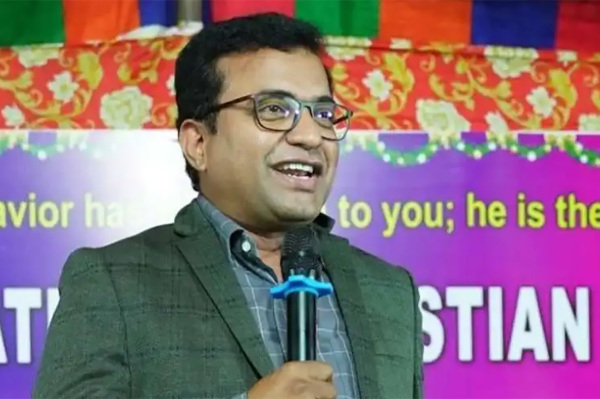The Changing Ethnic and Racial Landscape of Denominations in America
This week, I am in New Orleans for the Southern Baptist Convention Annual Meeting. This year's gathering will be a historic one as Southern Baptists are poised to elect our first African-American convention president – Dr. Fred Luter. A denomination birthed with a racially-tinged history is now electing a descendant of slaves as its leader.
This is quite a story for the largest protestant denomination in America. So much so that both the New York Times and USA Today have run profiles on Dr. Luter. It also comes at a time when the SBC is more diverse than ever, seeing dramatic growth in ethnicity over the past 20 years. The percent of non-Anglo churches has moved from 1-in-20 to 1-in-5 in just two decades:
Southern Baptist Convention
1990 - 95% Anglo
2000 - 85% Anglo
2010 - 80% Anglo
The SBC is not alone, however.
I recently returned from speaking at the Foursquare convention in Phoenix. While there, I was consulting with them on what a "global eldering community" looks like. The meeting included leaders from around the world and was simultaneously translated in multiple languages. It's not just global for Foursquare. In the US, they are truly becoming a multi-ethnic denomination as well. They shared with me:
Foursquare Church
• 1 in 6 churches is Hispanic
• Approximately 20-25% of churches in the US are distinctly ethnic
• They have passed structural enhancements to encourage partnership with immigrant ministers
• They have formed ethnic councils for the larger ethnic groups in the denomination
• Ethnic church planting is among the fastest growing segments in the denomination
I've seen this trend with other groups as well – all data shared by denominational leaders of those movements.
Assemblies of God
2010 - 60% Anglo
• Since 1991, the number of predominantly black churches in the Assemblies of God has expanded by 176 percent
• More than 20% of weekly attendees are Hispanic
• In 2003, there were 8 AG ethnic/language fellowships. Now there are 21.
Nazarene
- 1980 - 94.6% Anglo
- 1990 - 90.7% Anglo
- 2000 - 85.7% Anglo
- 2010 - 79.5% Anglo
United Methodists
2000 - 94% Anglo
2005 - 93.3% Anglo
2010 - 91.5% Anglo
There are just a few denominations that have made progress. It is not a complete sample – I just emailed some friends.
When I was compiling this research for a recent media interview, a few important issues stood out. The first was the greater increase in Hispanic growth. This would fall in line with the United States' population increase of Hispanic numbers. Most of the church growth shows that most gains have happened through reaching Latinos. There is still much work to do here.
The second notable observation is more anecdotal than empirical. While denominational diversity has increased, this does not mean diversity within local churches has changed (some denominations do, but others do not, measure the diversity within a church, etc.). Yet, we know that many churches are just as segregated as ever. Much of the new gains are coming from churches which are of one race. We must continue to work toward reaching all members of our local communities for Christ, not just the ones who look like us.
Finally, real questions need to be addressed about how predominantly Anglo denominations relate to non-Anglos. For example, I cannot get data from historic African-American denominations. They generally do not report (with a few exceptions). So, we can look at how some denominations are making progress, but not all.
What do you think? How do we build racial reconciliation, inside or outside a denomination? How do we press ahead on this important issue? What about denominations that are specficially and intentionally one race or ethnicity (Korean Pentecostals, historic African-American denominations, etc.)






















